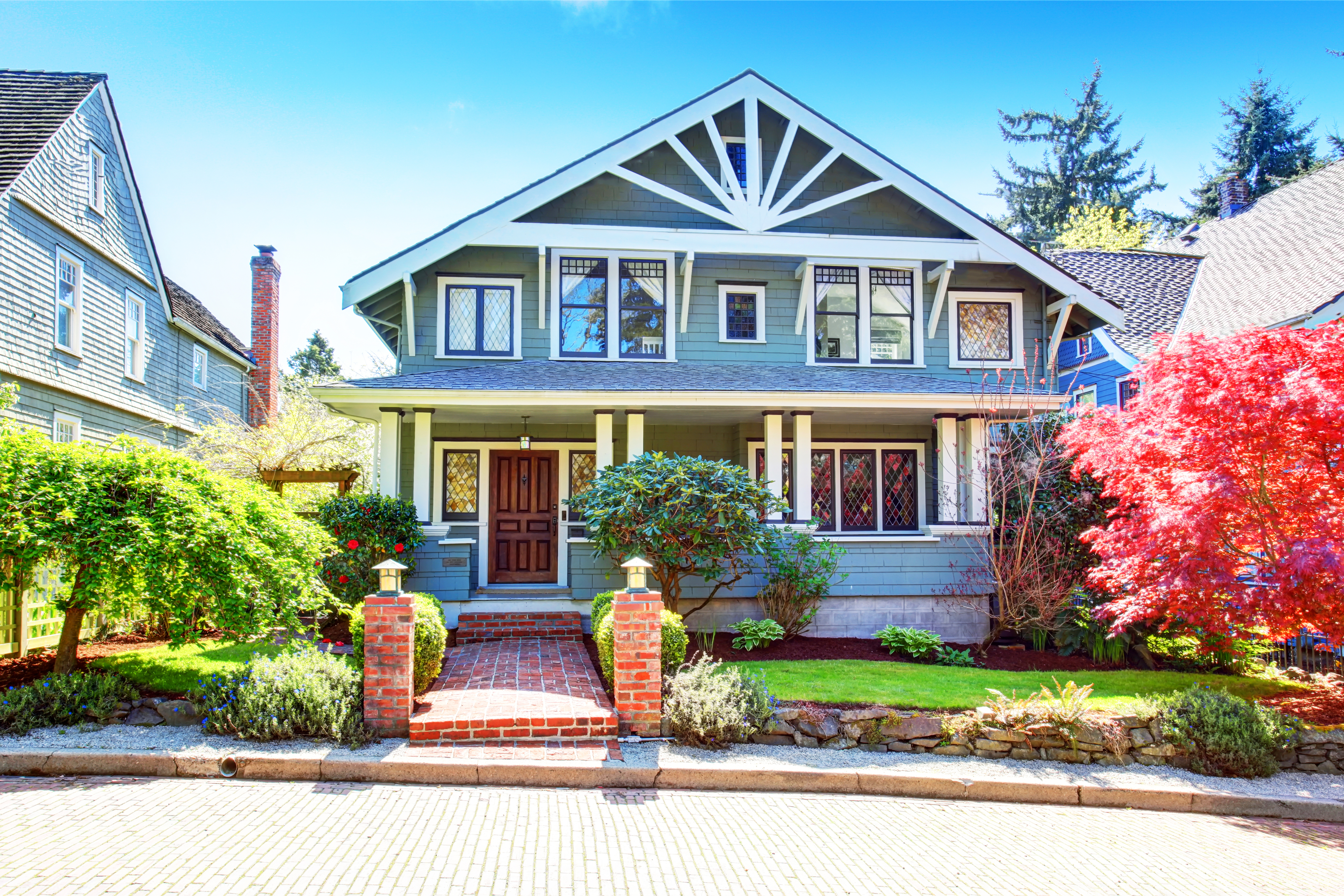
The cost of siding repair varies depending on material, design, and damage. This helpful guide covers the siding repair costs to expect in Columbus, Ohio.
Put safety first by fireproofing your home, inside and out


Whether started by nature or human error, a fire can cause irreversible damage to your home. Fireproofing is one of the best ways you can diminish a fire’s impact on your abode. Explore seven ways you can fireproof your home and maximize your family’s safety.
Fire sprinklers are a cost-effective way to ensure that various aspects inside of your home remain protected against fire. They detect fire and respond quickly by releasing water, minimizing a fire’s potential to damage your valuables.
If you live in an area prone to wildfires, you may also consider exterior sprinklers for your property. A setup that surrounds your home will slow or potentially even stop an outdoor blaze from reaching your abode.
A fire-resistant roof is just one of the many exterior aspects you can add to make your home more fireproof. If your roof is not already made of fire-resistant materials, it may be time for an upgrade.
Different fire-rated materials for roofing include concrete, slate, and metal, so you have a variety of options to choose from if you’re worried about aesthetics, too. Opt for a slanted roof design if possible, as steeper roofs fend off outside blazes better.
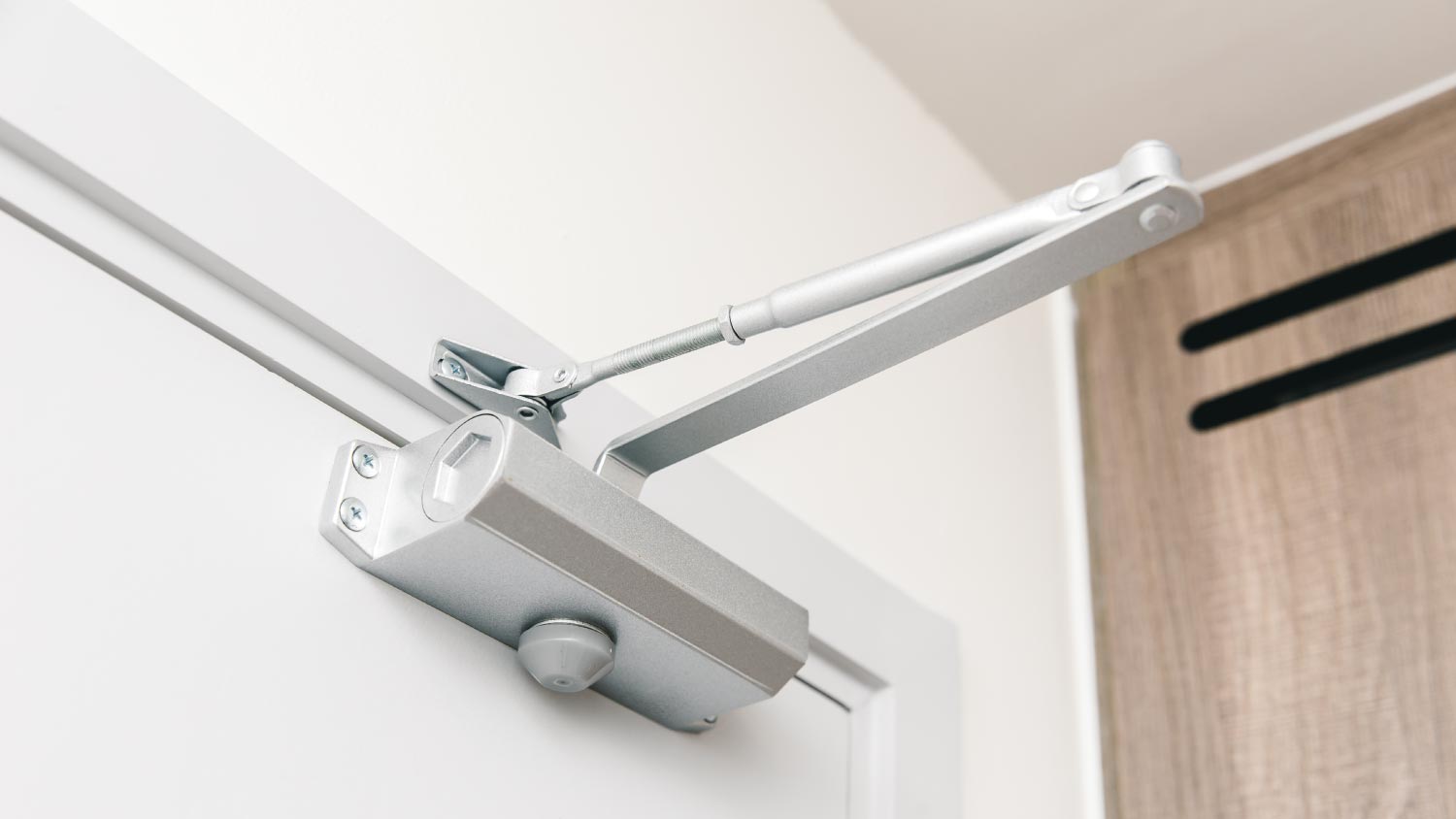
There are different elements you can add to your home that help slow a fire’s path. Implement a fire door in your home to hinder a fire from spreading quickly.
Fire doors are doors made with dense materials that have fire-resistant ratings. This means they ward against flames and smoke much better than wooden doors, which an intense fire can engulf almost immediately. Most fire doors have a metal identification tag to signal their protective qualities.
The more limitations you create for a blaze, the more time you’ll have for a safe escape. As you weigh the pros and cons of fire doors, you’ll likely find they’re worth the investment.
To ensure your home is fireproof inside and out, consider revamping your siding. You’ll especially want to have your siding redone if you have an older home with wood plank siding. Untreated wood catches ablaze faster than more modern siding options.
Stucco, brick, fiber cement, metal, stone, and other dense materials work effectively as fire-resistant siding. A professional siding contractor can give you guidance on how to maximize both your home exterior’s resistance to fires and visual aesthetic.
Glass does not fare well against fires, so it’s ever-important to give attention to your windows when fireproofing your home. A trusted approach to increasing windows’ resistance to shattering against heat is to install double-pane windows.
As far as window materials go, opt for tempered glass. Incorporate steel or aluminum window framing when and where possible, as those two elements are more resistant to flames than vinyl.
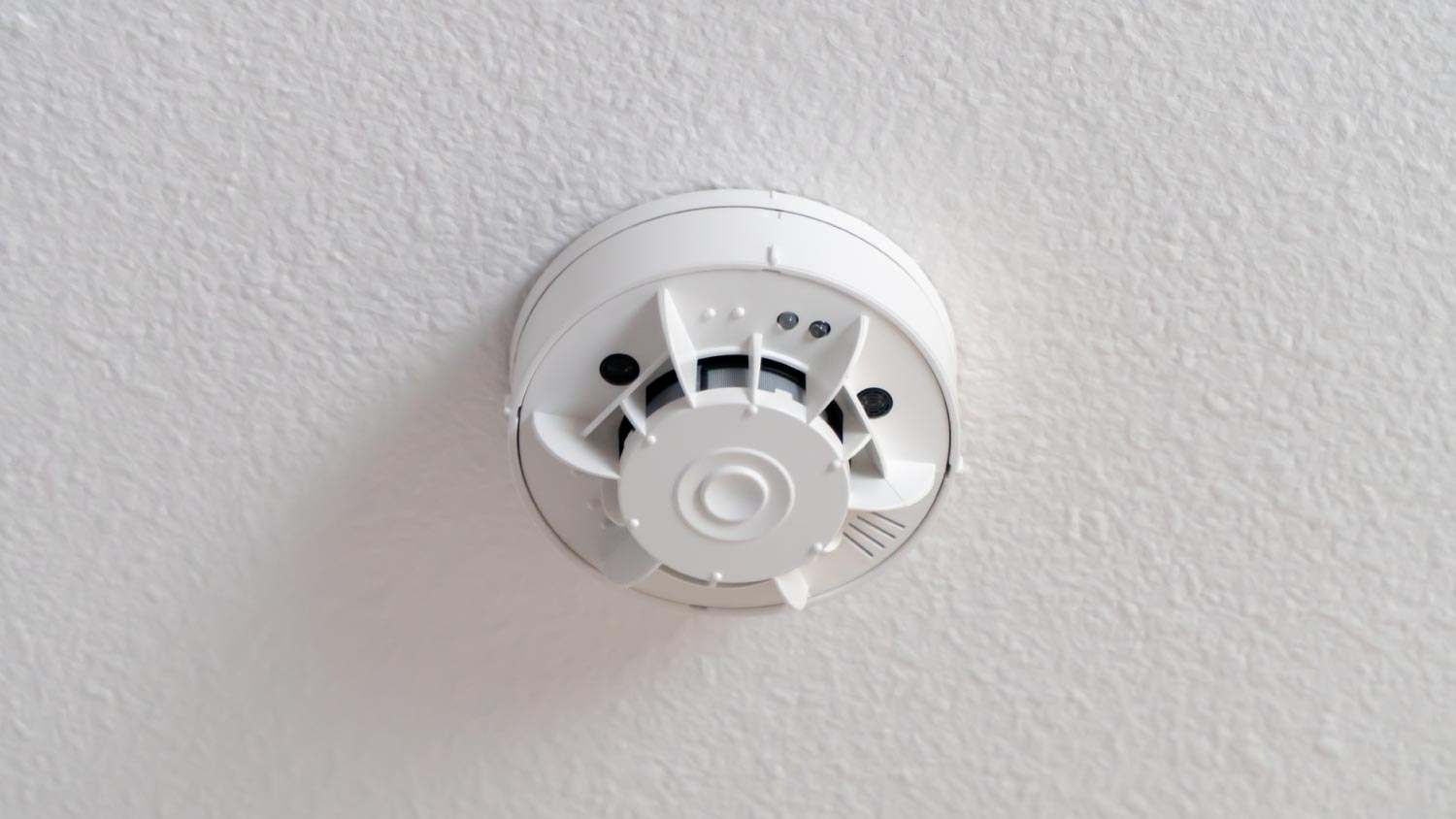
The National Fire Protection Association (NFPA) recommends a smoke detector in every bedroom, outside of general sleeping areas, on every level of your home, near stairways, and within 10 feet from cooking appliances. The larger your home, the more smoke detectors the NFPA recommends.
Smoke detectors are your first line of defense in alerting you about a fire, especially when you’re asleep. It’s a good idea to interconnect your smoke alarms, so when one sounds off, they all sound off. Replace your old and faulty smoke detectors for top-rated ones for maximum protection.
Be sure to keep every one of your detectors in good shape, replacing their batteries as their manual suggests and keeping them unobstructed by objects in the home. The better care you take in your detectors, the more accurately they are to work.
Pair your efforts to fireproof your home with mindful behavior regarding different kinds of fire hazards. There are a variety of ways you can minimize your risk of starting a fire, spanning all over your home.
A large portion of house fires start in the kitchen. No matter what you’re cooking, never leave the stove unattended. Avoid wearing loose-hanging clothing when using the stove and be sure to keep your cooking appliances clean to prevent a grease fire.
Electrical malfunctions are also highly common causes of house fires. To decrease your home’s risk of an electrical fire, assess your outlets. Replace faulty outlet plates and be sure to cover any outlets that go unused, especially if you have little ones at home.
Avoid forcing plugs into outlets and overloading them with too many gadgets. Inspect any electrical wires around your home and replace them if you notice fraying or other damage.
You can also add fire-resistant plants, like lavender and red monkey flower, to the exterior of your home to create fire-smart landscaping.
From average costs to expert advice, get all the answers you need to get your job done.

The cost of siding repair varies depending on material, design, and damage. This helpful guide covers the siding repair costs to expect in Columbus, Ohio.

Fiber cement siding is durable, fire-resistant, and affordable. Learn more about fiber cement installation costs in Columbus, OH.

New vinyl siding adds value and curb appeal to homes in Columbus, Ohio. Learn about average vinyl siding installation costs in Columbus, Ohio.

Wondering why your vinyl siding is wavy? Chances are the installation is to blame. But the issue could be sunlight, heat, or foundation issues.
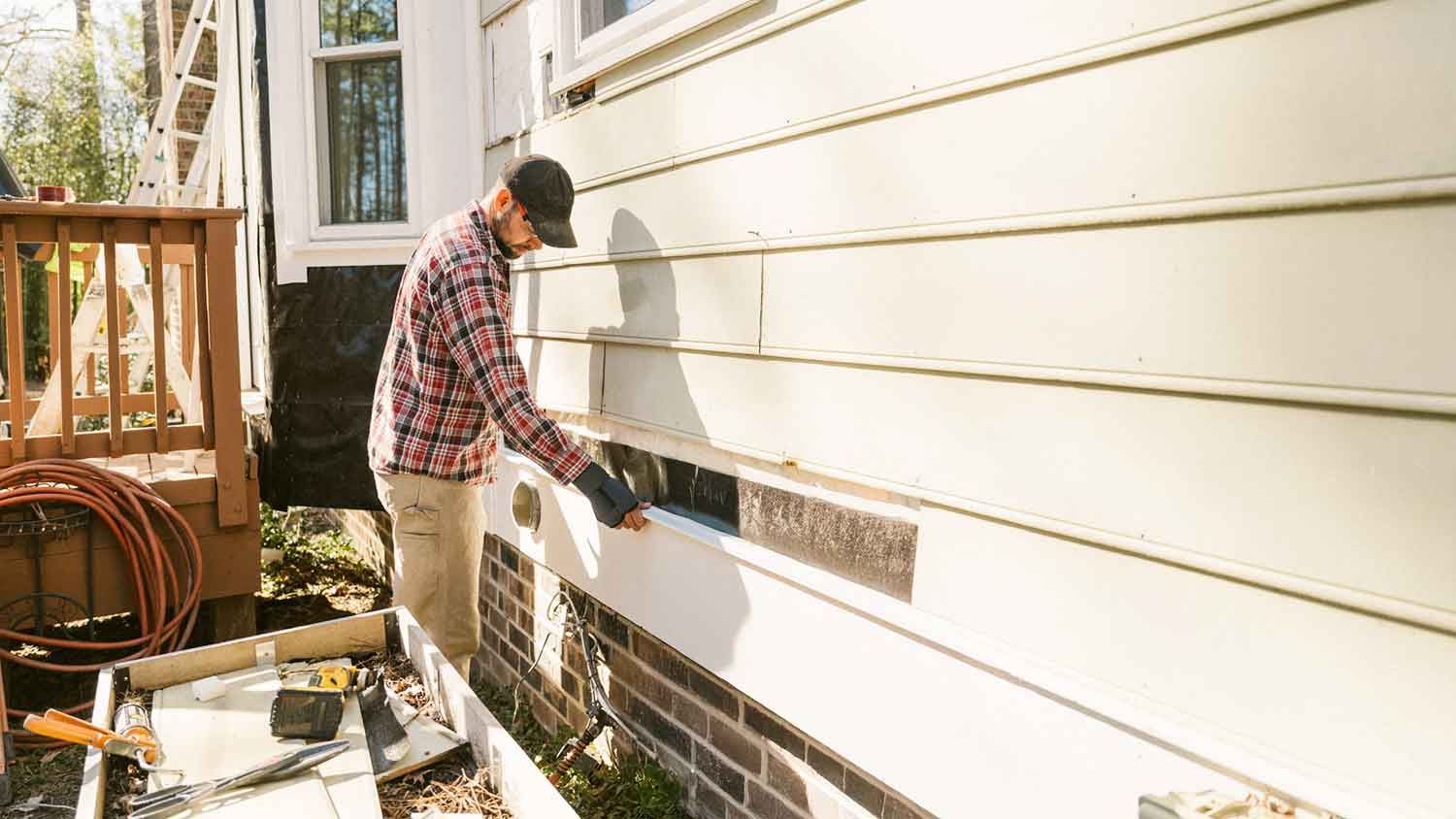
Discontinued siding can make repairs or replacement difficult. Learn how to tell if your siding is discontinued and how to avoid siding replacement issues.
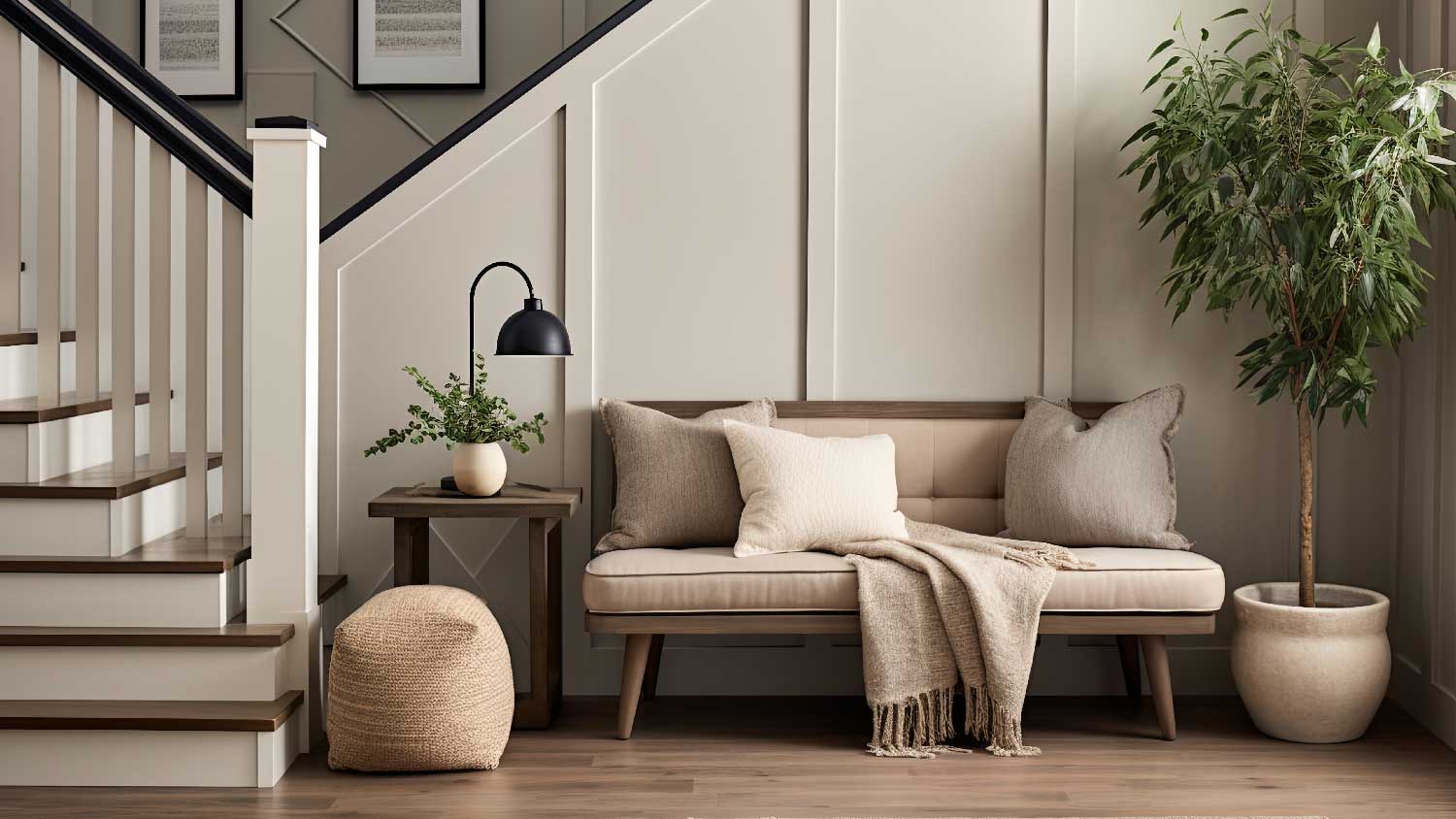
Wondering how to calculate board and batten spacing? Use this calculator to help. Pay attention to the order in which you complete the calculations.